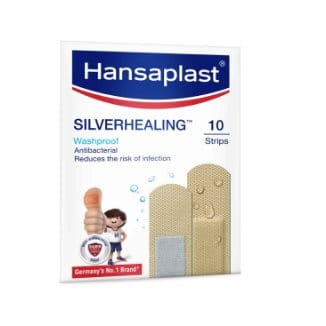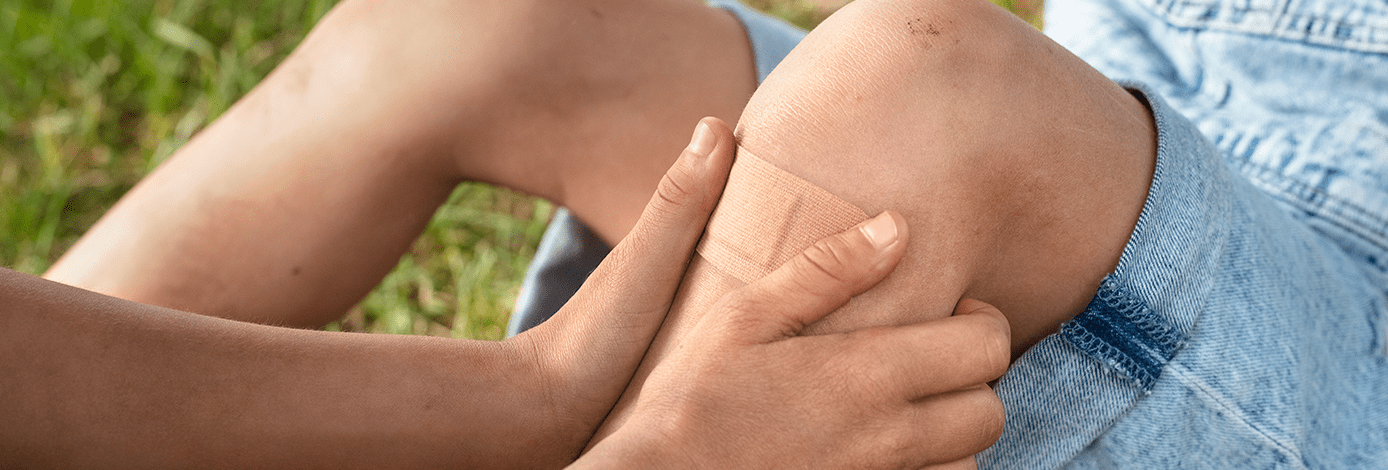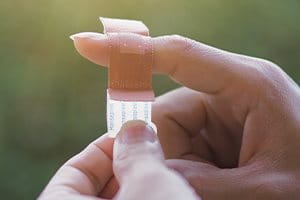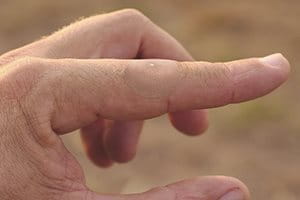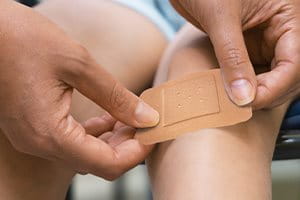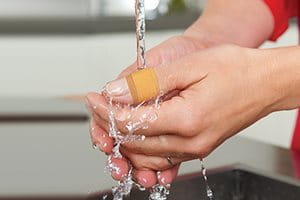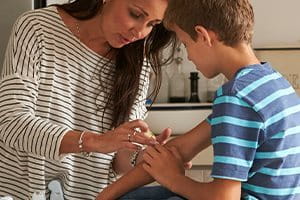Seek medical help if you’re not able to clean the wound properly. If you’re diabetic, wound care is even more important. Discuss any concerns you may have with your doctor, even for minor wounds especially on your feet. Please note, the above recommendations and tips do not substitute medical advice. Carefully read the instructions on our packages and consult your doctor if you’re uncertain about how to treat your wound.
The information on this website should not be used to diagnose or treat a health problem/disease. It does not substitute medical advice and care. Consult your doctor if you have/suspect a health problem. Do not disregard or delay seeking medical advice because of something you’ve read on this website.
Are you looking for more such tips? You can check out A Multipurpose Pain Relief That You Need In Your Life - Crepe Bandage.


